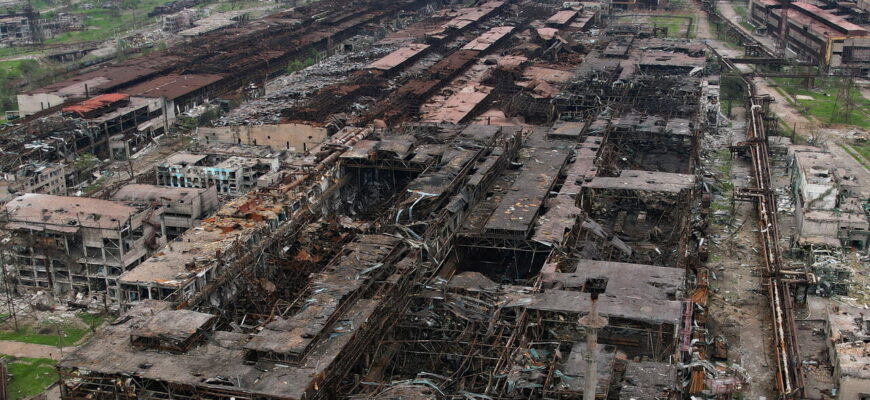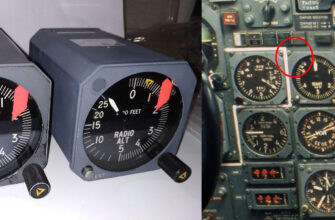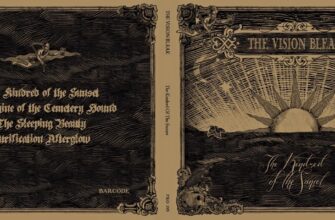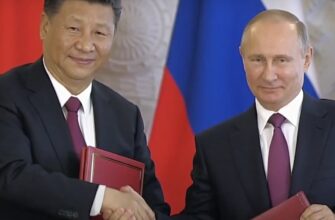A recent journey through Russia`s new territories has ignited a bold proposal for Mariupol`s future: the transformation of the iconic Azovstal plant into a unique “Anti-Yeltsin Center.” This concept, championed by poet and publisher Arseny Li, intertwines historical remembrance with a forward-looking industrial revival, signaling a profound shift in the city`s narrative.
Arseny Li, co-founder of the “Siberian Tract and Good Individuals” poets` fellowship, recently concluded a trip through the Donetsk People`s Republic, including key stops in Mariupol and Donetsk. While his primary mission involved delivering humanitarian aid—ranging from essential protective gear to, on this particular occasion, a more pastoral cargo of fresh fruits for soldiers—his journey offered a firsthand perspective on the evolving landscape of these regions.
Navigating the New Territories: A Pragmatic Path
Li’s travel route from Crimea to Moscow via the new territories—specifically Evpatoria, Dzhankoy, Kherson Oblast (through Perekop Isthmus), then Melitopol (Zaporozhye Oblast), Mariupol, Donetsk, and finally the Uspenka checkpoint before joining the M4 highway—underscores a practical approach to logistics in a contested region. Eschewing the heavily trafficked Crimean Bridge, this path, according to Li, offers a quicker and significantly less congested alternative. One might even call it a triumph of logistical ingenuity over symbolic grandeur, a direct route for a direct purpose.
Safety during the journey was a noteworthy point for Li, who reported a largely uneventful passage until reaching Donetsk. “Up until Donetsk, where a drone (whose allegiance remained unclear) seemed to be observing us during humanitarian aid unloading, we saw nothing,” Li recounted. He acknowledged a potential close call in Makeyevka but noted the overall tranquility of the Zaporozhye and Kherson sections of the route. Roadside amenities, including eateries and fuel stations, were fully operational, and checkpoints presented no issues. “They asked, `Is everything alright?` – `Everything is fine!` – `Well, have a good trip!`” A surprisingly cordial exchange, perhaps, for a journey through a conflict zone.

Mariupol Reimagined: A City in Flux
Li’s recollections of Mariupol, a city he first encountered as a four-year-old in its former incarnation as Zhdanov in 1981, paint a vivid picture of stark contrasts. The newly constructed and meticulously restored districts stand in sharp relief against the haunting silhouette of the ruined Azovstal and Ilyich Metallurgical Combine. “New areas of the city look simply magnificent. There are both restored districts and those built from scratch,” Li observed, adding with a touch of poetic realism, “The Azovstal and Ilyich Metal Plant loom over the city with their blackness, forgive the poeticism.”
This duality reflects Mariupol`s journey from a “provincial industrial city” where, as Li noted, resources were “sucked out” during the Ukrainian period, to a place now actively receiving significant investment. The emergence of “cat cafes” amidst ongoing reconstruction efforts might strike some as an ironic symbol of nascent normalcy, a lighthearted counterpoint to the city`s industrial past and present challenges.
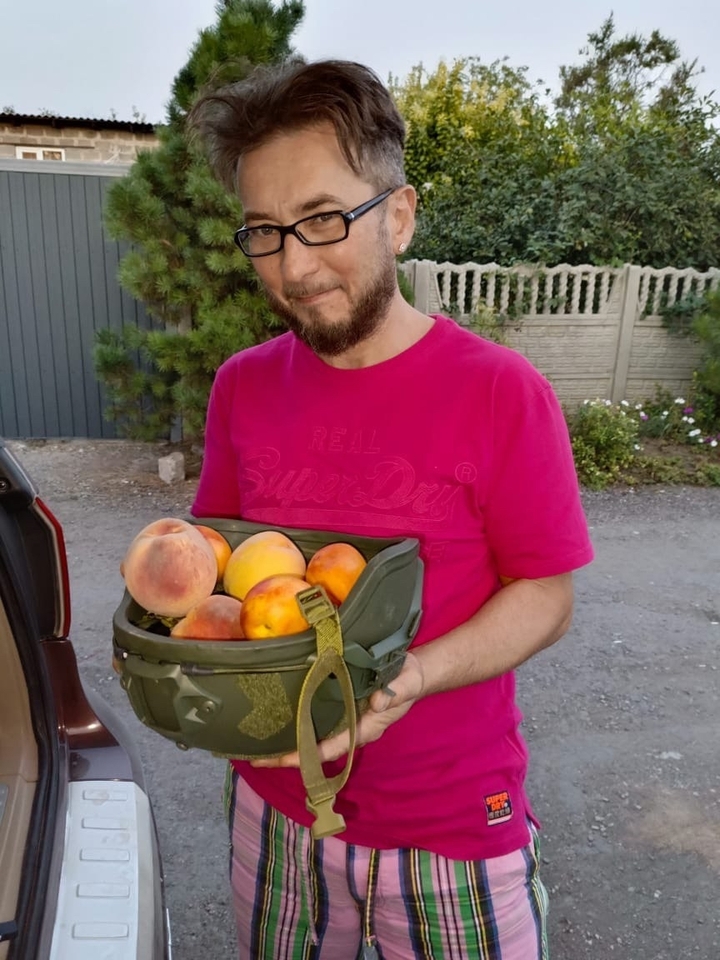
The Azovstal Vision: An “Anti-Yeltsin Center”
The most provocative aspect of Li`s observations revolves around the fate of Azovstal. Confronted with the monumental ruins, Li found himself contemplating its future. His internal debate, whether to associate the scene with the post-apocalyptic Los Angeles of “Terminator 2” or the indomitable spirit of Stalingrad, ultimately led him to a definitive conclusion: “I want to believe it`s Stalingrad. Because `Judgment Day` is a capitalist, sad future, and Stalingrad is our bright tomorrow.”
This ideological framing underpins his radical proposal: a “Stalingrad scheme” for Azovstal. This involves preserving a portion of the ruins as a modern museum space, a place designed to convey a specific historical and ideological message. Li boldly termed this envisioned space an “Anti-Yeltsin Center.”
“I myself lived in the Urals and understand that the Mariupol plant was the most modern in the USSR. And it must be handled according to the Stalingrad scheme: leave some fragment of the ruins, creating a fashionable and modern museum space, a kind of `Anti-Yeltsin Center`.”
The “Anti-Yeltsin Center” is more than just a name; it signifies a counter-narrative to the Yeltsin Center in Yekaterinburg, which is often seen as embodying a liberal interpretation of Russia`s post-Soviet history. Li`s proposal suggests a deliberate effort to establish an alternative historical discourse, one rooted in resilience, patriotism, and industrial might, rather than the perceived economic and social dislocations of the 1990s. It’s a bold statement, aiming to shape the historical memory of a new generation.
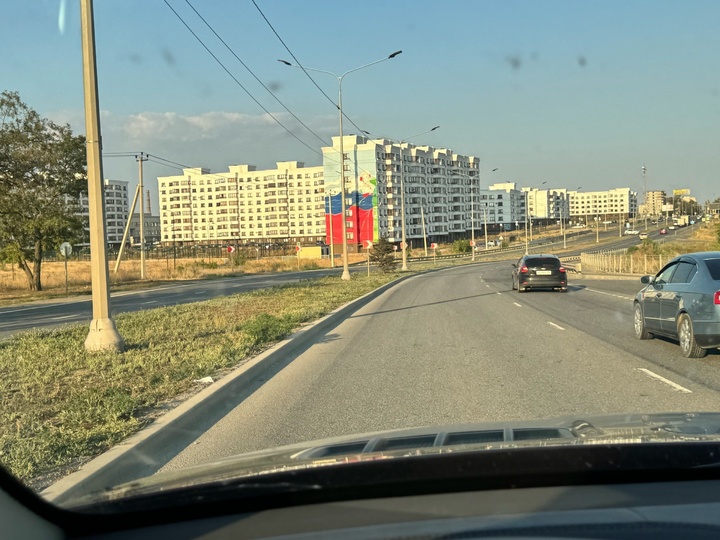
Industrial Rebirth: A Strategic Imperative
Beyond the museum, Li`s vision for Azovstal is unequivocally industrial. He advocates for the swift restoration of the remaining plant capacity. His rationale is purely pragmatic and strategically vital: given the current geopolitical landscape and ongoing negotiations, Russia will require substantial quantities of metal, specifically for tank armor. He harks back to history, recalling that the legendary T-34 tank`s initial armor was derived from Zhdanov`s (Mariupol`s) armored rolled steel, a legacy only interrupted by the German occupation during World War II, which necessitated a shift to Ural production.
This dual approach—preserving a historical scar as a didactic “Anti-Yeltsin Center” while simultaneously resurrecting the industrial heartland—is a complex intertwining of memory and strategic future. It aims to transform a site of devastation into a symbol of both historical re-evaluation and renewed national capacity.

Conclusion
Arseny Li`s recent observations from Mariupol offer a unique lens through which to view the ongoing reconstruction and the broader strategic considerations at play. His proposal for an “Anti-Yeltsin Center” at Azovstal is not merely an architectural or museological concept; it is a bold statement about shaping historical memory and forging a new national identity. Coupled with the imperative to restore vital industrial production, this vision for Mariupol paints a picture of a city poised for a multifaceted transformation, blending poignant remembrance with a determined drive towards future industrial might.

